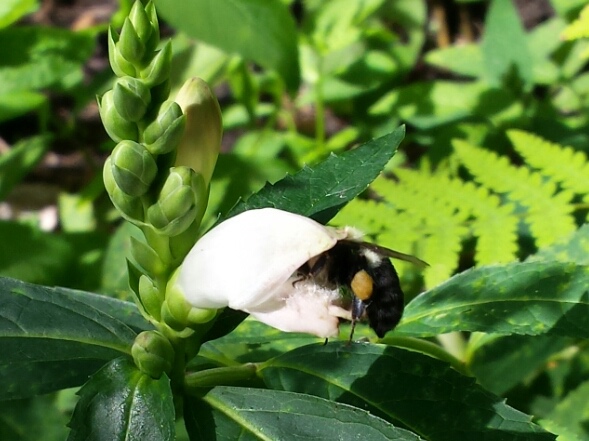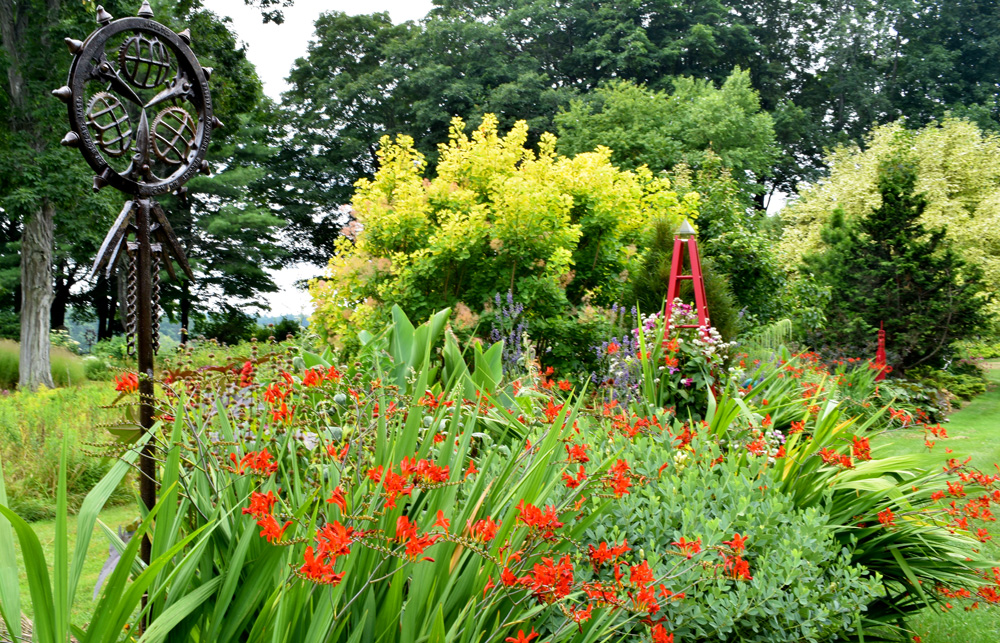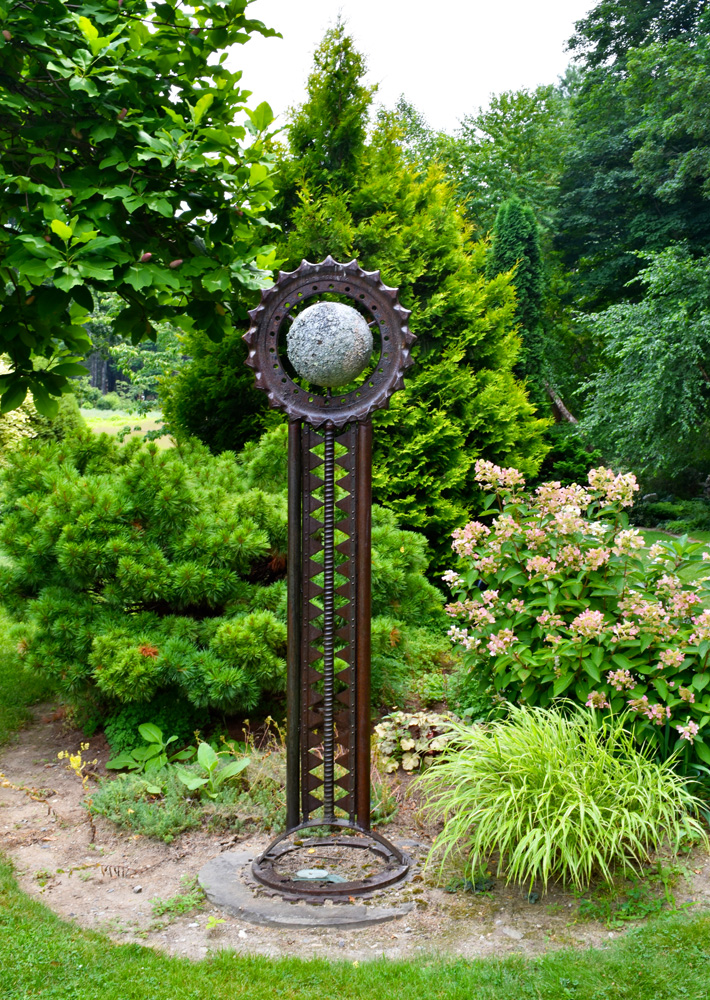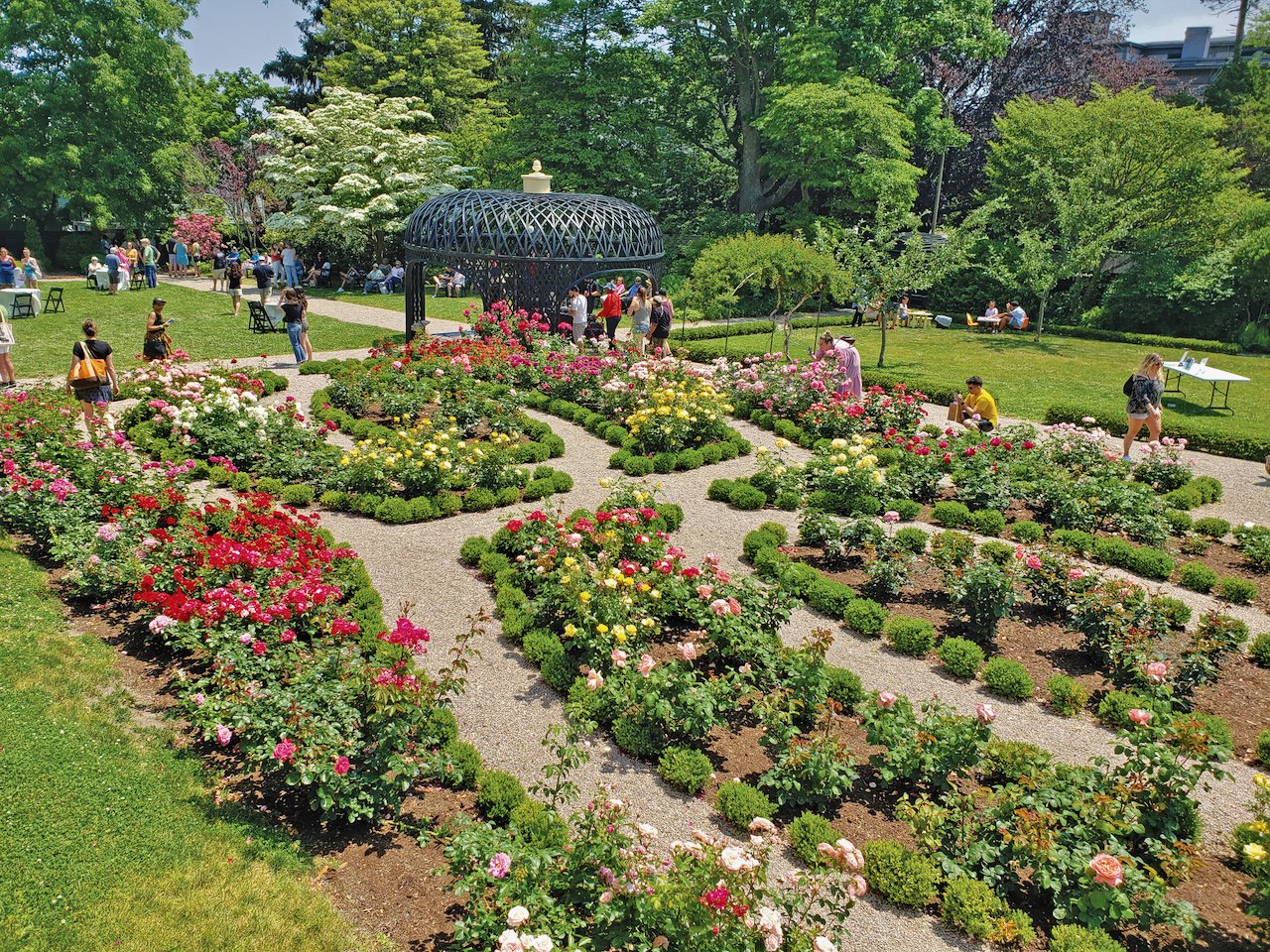A Walk on the Wild Side
/By Joan Butler
My husband and I are avid hikers and campers. We love hiking on trails and woodland paths, and along streams and lakes. Another love is gardening. But gardening is a bit of a curated affair, whereas hiking offers us the chance to connect to the wild world, and take in the beauty and complexity of life around us.
The New England landscape is uniquely beautiful in every season: from the frosted silences of winter, to the exuberance of spring, to the lushness of summer. Autumn and late summer have their own special charm, with a gentler, but no less beautiful, aspect.
Meadows and fields of goldenrod and other wildflowers staged beneath a clear blue sky, with the angle of the sun low, are breathtaking. Goldenrod (Solidago sp.) is stunning, and is a workhorse throughout the growing season, typical of many of our native plants. Its foliage feeds a variety of butterfly and moth larvae and its bright flowers (a textural delight!) are an important food source for migrating Monarchs and dozens of pollinators.
Late summer is the season for the beautiful blooms of asters. Most asters are sun-lovers, but the white woods aster (Eurybia divaricata) is unusual, growing in shade in dry open woods. It is very tough and very showy, with dark stems and white flowers. It readily reseeds, creating stands of misty white in the woods.
Indian Pipe (Monotropa uniflora) may look like a fungus, but it’s not. It is a small white herbaceous perennial with an interesting survival strategy. Lacking green pigment, it is unable to photosynthesize (produce food). It survives by sapping nutrients and carbohydrates from tree roots using an intermediary: myccorhizal fungi. Also called Ghost Pipe, it can be found rising through leaf litter on the forest floor.
The bright flowers of Steeplebush (Spiraea tomentosa) are noticeable from a distance, and their form certainly references their common name. Its pink spires are a late-season source of food for butterflies and other insects. This suckering native shrub can be found basking in the sun in moist soil near lakes and streams.
Nearby, you may also find the unusual flowers of white turtlehead (Chelone glabra). Easy to see how it got its common name! Its primary pollinators are bumblebees strong enough to pry open the two-lipped corolla in order to reach the pollen and nectar inside. And they really have to work at it: a bumblebee I recently watched made numerous attempts and false starts before it got the hang of it. And I have to mention that exiting seemed a challenge, too! Turtlehead has a particularly important eco-function as a primary larval host plant of the Baltimore Checkerspot Butterfly.
Another lover of moist conditions is cardinal flower (Lobelia cardinalis). Ahh…that brilliant red! It draws us in like a magnet. The long tubular flower form is difficult for most insects to navigate, but the flowers are very attractive to hummingbirds, hummingbird moths and butterflies.
These are just a tiny sampling of the fascinating, beautiful plants to be found in our woodlands, meadows and lowlands. Initially attracted by their beauty or color or location, I eventually come to marvel at the overall picture: the inter-relatedness of life around us. Just by taking a walk on the wild side.






























